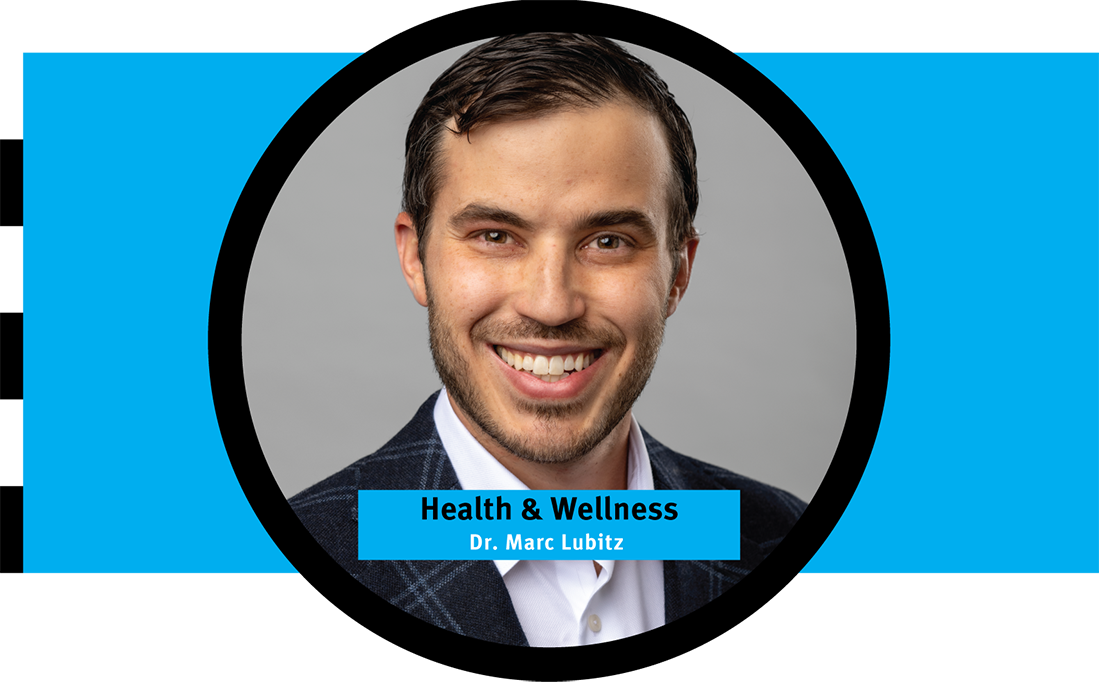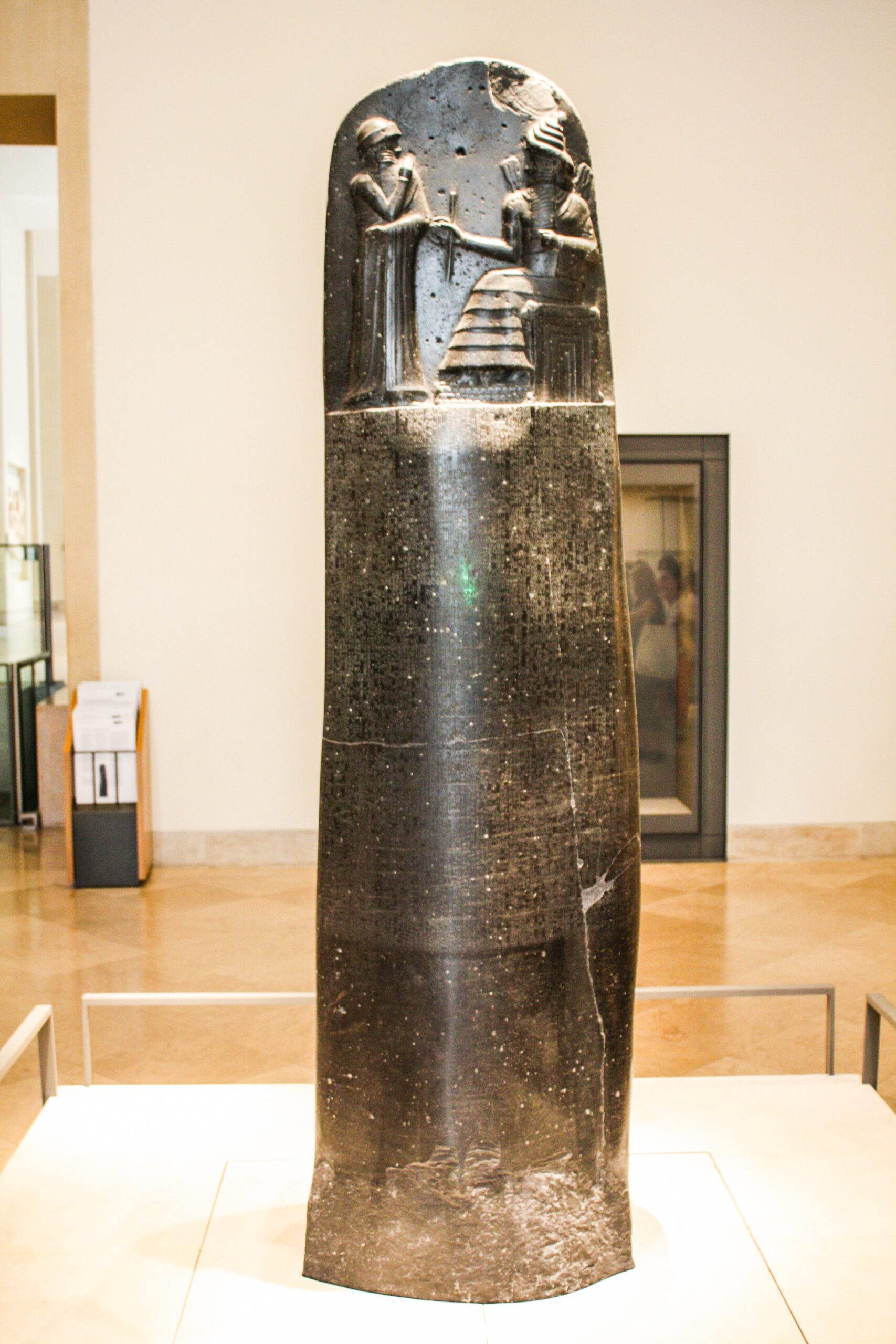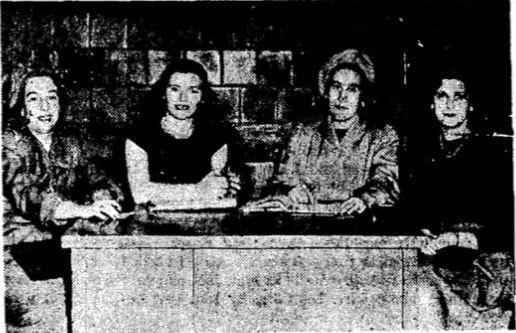Rotator cuff repair is one of the most common surgeries done in America, accounting for over 500,000 every year. The rotator cuff is a group of four muscles and tendons, the supraspinatus, infraspinatus, subscapularis, and teres minor. It plays a critical role in shoulder function by stabilizing the “golf ball on a tee” anatomy of the shoulder joint. Tears of the rotator cuff are incredibly common and can occur from acute trauma or degeneration over time. While small tears can often be asymptomatic, larger tears can cause pain, weakness, and significant functional limitations. Some tears occur over time due to wear and tear while others come from acute injuries related to sports or trauma.

Rotator cuff tear
Partial thickness tears can often be treated with injections and physical therapy. However, when a tear is full thickness all the way through the tendon, it’s much less likely to heal on its own. The majority of active patients with with a full thickness rotator cuff tear are recommended for surgical repair.
The goal of rotator cuff repair is simple: restore the anatomy and allow the tendons to heal back to bone. However, achieving this goal can be easier said than done. Early attempts at repair were limited by suture strength and surgical exposure. Over the last several decades, innovations in arthroscopy (minimally invasive surgery using a camera and small incisions) and implant technology (the development of suture anchors) have revolutionized how we approach these tears.
Today, rotator cuff repairs are performed almost exclusively arthroscopically. This approach ideally minimizes damage to surrounding tissues and speeds up recovery. Through small portals, we can visualize the entire shoulder and secure the tendon back to the bone using suture anchors — devices that allow sutures to firmly hold the rotator cuff tissue in place. These anchors are typically made of biocomposite materials that your body absorbs over time.
It’s crucial to note that not all tears are the same. Small, acute tears often heal well, while massive, chronic tears (particularly in older patients) can present challenges due to poor tendon quality and retraction. This is why patient-specific factors, like tear size, tendon quality, and biological healing potential, are critical to surgical planning and outcomes.
To optimize success, we can now incorporate biologics like allograft patch grafts to enhance healing in select cases. The two most commonly used patches are made from donated human skin and cow achilles tendon respectively. Combined with refined rehabilitation protocols, patients can expect significant improvements in pain and function after rotator cuff repair. Recovery, however, requires patience — it takes time for tendons to heal back to bone, and strengthening the repaired cuff can take several months.
Rotator cuff repair remains the gold standard for treating tears in patients with repairable tissue. For those who undergo surgery, the results are clear: reduced pain, improved strength, and the ability to return to activities like lifting, swimming, golf, and even pickleball. Importantly, it can prevent the progression of the tear which can eventually lead to irreversible shoulder dysfunction. This spectrum of shoulder disease is called “rotator cuff arthropathy” and is treated best with reverse total shoulder replacement.
Overall, rotator cuff repair is a very common surgery, which unfortunately is plagued with a high rate of re-tears and failures in tendon healing. This is largely due to long standing issues with tendon quality related to the tendon’s innately poor blood supply. However, new solutions and augmentations have improved the healing rates and made this a more beatable challenge.
Born and raised in Cincinnati, Dr. Marc Lubitz is an orthopaedic surgeon specializing in shoulder surgery, knee surgery, and sports medicine. He completed his fellowship in Sports Medicine and Shoulder Replacement Surgery in Phoenix, Arizona after his residency in orthopeadic surgery at the University of Massachusetts. Prior to residency he graduated from The Ohio State University and Wright State University’s Boonshoft School of Medicine.





